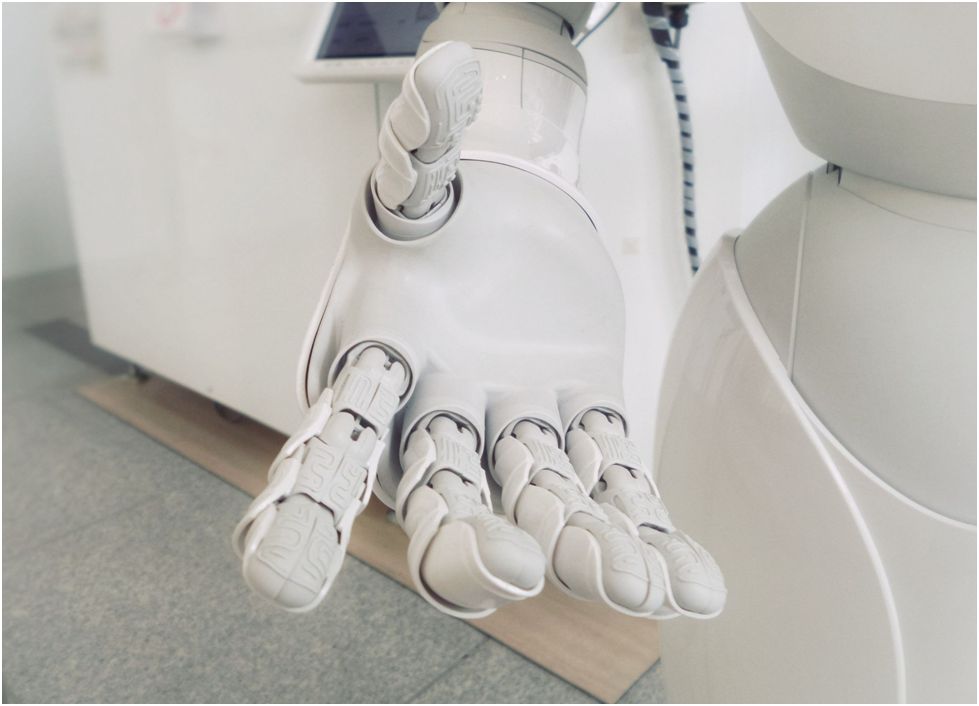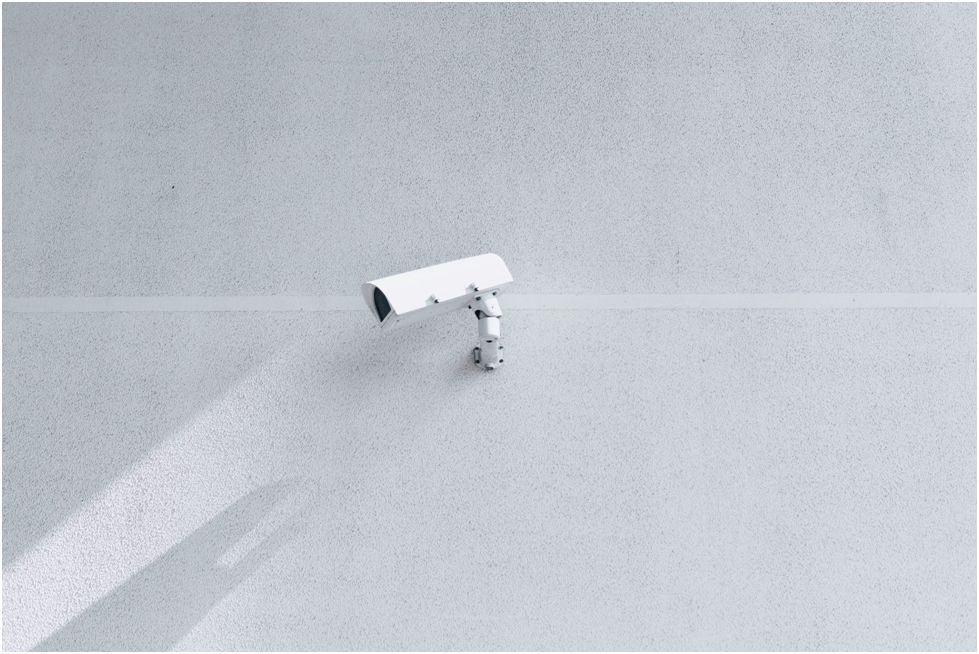
Photo by Possessed Photography on Unsplash
Artificial Intelligence (or AI) is everywhere and is constantly evolving. So much so, that from simple automation to full-on machines that do the work for us, people don’t even realize their presence. A lot of movies, video games, series, and books have warned us about the ominous results this rapid growth could mean for our generation, but not every AI presence is so scary. In fact, a lot of different forms of AI have already burst into the everyday workplaces of almost all companies, big and small. They affect HR tasks, they take over mundane activities, and they’re responsible for the surveillance of productivity and health. Here are some of the most significant AI units in the workplace today, and what they mean for the future of office jobs.
Recruitment
Even before setting your foot into a new company, you will most likely meet some forms of AI. Nowadays there are AI-enabled machines ensuring you’re the right person for a specific position. This AI pre-screening exists almost everywhere, ensuring that only the right people are then called in for interviews. This is most often used by companies that make thousands of hires each year attracting almost millions of applicants.
These automations assess candidates and filter them before they’re invited for an interview. By assessing the cognitive and emotional features of the candidate while avoiding demographic, racial, economic, and gender biases, these AI features make recruitment easier, faster, and more productive. The secret of this automation lies in matching each candidate’s profile against existing successful employees in the role the candidate applied for. And if a candidate is not a perfect match for the role they’ve chosen, it can even find another role that can be more suitable. This is one of the most productive uses of AI in the office today. The total elimination of any kind of bias from HR processes – especially in the recruitment phase – is the key to making these processes more humane. The guaranteeing of this lack of bias can make the application process more comfortable for applicants as well.
Training
Most employees have ongoing training as part of their role in the company. This will also be a task given to AI and automation, as well as the transferring of skills from one generation to the next. Because as employees move on to other positions or retire, grooming their replacement themselves can be a very long and tiring process. Whereas AI automation can store, catalogize and transfer knowledge and skillsets for further easy use.
Engineering companies use this very often along with augmented and virtual reality (AR/VR). These and AI technologies are used to capture the experience of work and therefore extract lessons that can be passed on to new employees. Some engineers wear AR headsets throughout their daily tasks to capture and record everything they do. This later allows new hires to experience the role through VR. These technologies not only help pass on the feel of the job, and the daily tasks, but also help employees learn from their mistakes, recognize dangerous scenarios, and much more.
Changes in the Workforce
One of the big turn-offs regarding AI is that it could one day replace us in our daily tasks, making us obsolete. However, most innovations in AI at Work in the office focus more on “augmentation,” therefore, the idea is that these machines will not replace us but help us do our jobs more efficiently. The key to this is freeing employees of the more mundane aspects of their roles, leaving everyone free to do what humans are best at: tasks involving human interaction, creativity, and so on.
These automations take over data entry, note summarization, taking polls, starting customer service conversations, and much more. These tools can also monitor workflows and make suggestions about how these roles could be more efficient and effective. This is often called “robotic process automation” (or RPA). These tools will not only be able to oversee tasks and collect statistics but can also carry out repetitive and mundane tasks. They can also recognize when employees are seemingly having a hard time, or productivity is lacking.
Overall, the elimination of these mundane tasks can lift a huge weight off every employee’s shoulder, while raising productivity in the office by doing these tasks more efficiently than a person could in the long term. This allows people to focus on tasks that actually make them feel valuable, creative, and motivated, and letting robotics deal with tasks that are monotonous.
Surveillance

Photo by Siarhei Horbach on Unsplash
The evolution of AI has some potentially dark sides as well. One of these is the encroachment of surveillance in the office. A lot of companies are actively using data-gathering tools to monitor employees throughout their daily lives. This includes overseeing email content, analyzing engagement levels, and determining employee satisfaction. Some of these companies are even going as far as to using tracking devices to monitor the frequency and length of bathroom breaks, as well as AI tools that determine stress levels through our voices using audio analytics.
There are technological innovations that even allow employers to track their staff’s sleeping and exercising habits. The idea behind all of these is to determine using anonymized data to identify areas of improvement in both productivity and overall health issues. However, still, a lot of employees remain skeptical and uncomfortable with these tools. But overall, these new innovations and technologies are said to not only benefit the employer, but they can help to protect employees from bullying or sexual harassment in the workplace by collecting data and recognizing patterns in our behavior may be even better than a human could.
It’s clear to see that AI and automation aren’t going anywhere. And while a lot of people find most of these tools intrusive and it makes them uncomfortable, they must realize all the positive sides of this innovation. The biggest of them being the elimination of bias from HR procedures like when it comes to recruitment or harassment. While some of these tools can potentially become intrusive in the future, they can also mean a brighter future for office work in the long run.
Chris Mcdonald has been the lead news writer at complete connection. His passion for helping people in all aspects of online marketing flows through in the expert industry coverage he provides. Chris is also an author of tech blog Area19delegate. He likes spending his time with family, studying martial arts and plucking fat bass guitar strings.